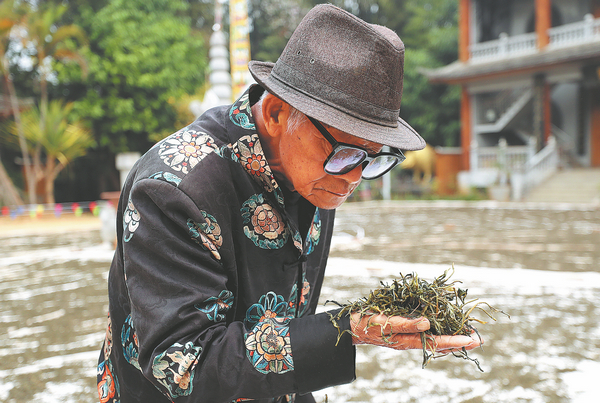

They set off from Zhongdian, or Shangri-La, in Yunnan in June, traveling over snowcapped mountains, valleys and grasslands at extremely high altitudes, reaching Chamdo in Tibet and Kangding in Sichuan province, before making the return trip and being back in Shangri-La in September.
During the trek, they met tea porters who worked for horse caravans. The scholars were told that these tea porters had traveled to India with horse and mule caravans along the ancient route.
In a published research paper on the trek, they used the name the Ancient Tea Horse Road, and it attracted a great deal of attention, helping generate further research in China and elsewhere.
The name was based on the common trade of tea for horses a millennium earlier, when Chinese needed the animals as they fought to ward off enemies in the north.
The network of roads became to be increasingly used in the Song (960-1279) and Yuan (1271-1368) dynasties and stretching through to the Ming (1368-1644) and Qing (1644-1911) dynasties.
"The route had once been called the South Silk Road," Chen says. "But silk was not a necessity for most people, and the Silk Road linking China with the rest of the world was little used."
Nevertheless, before the roads became conduits for tea, silk was the predominant, lucrative commodity carried along them, its destination being wealthy people in the West.
However, as the know-how of raising silkworms and making silk became implanted in many countries, they stopped buying it from China, meaning many of the Silk Road's arteries fell into disuse.